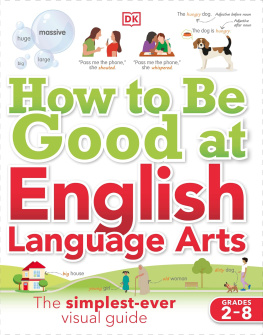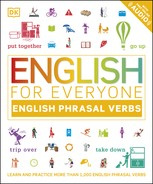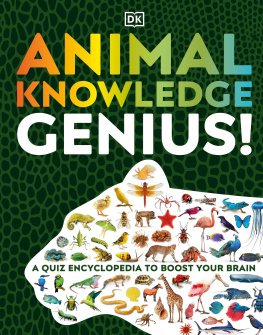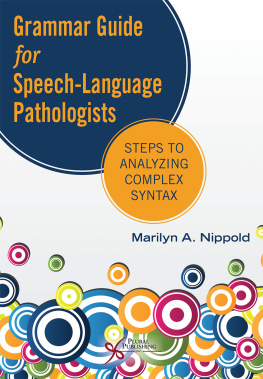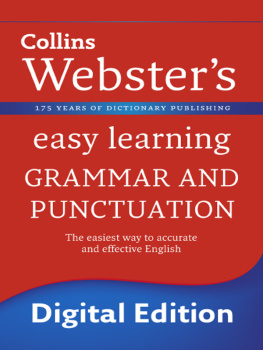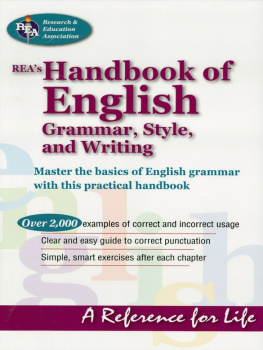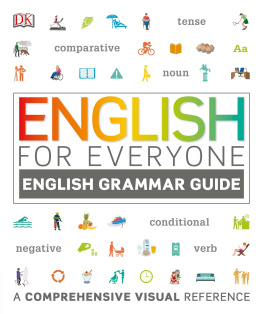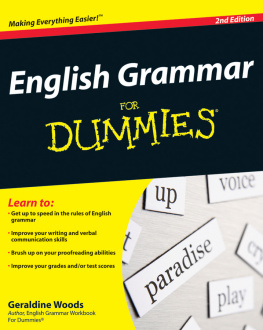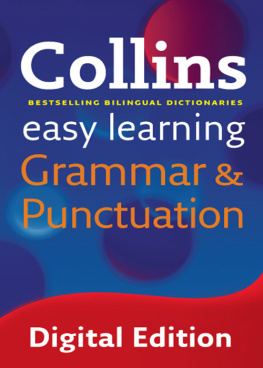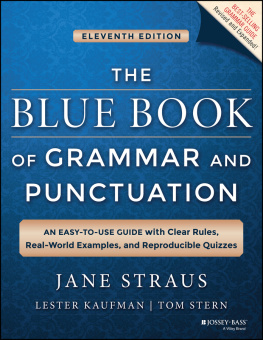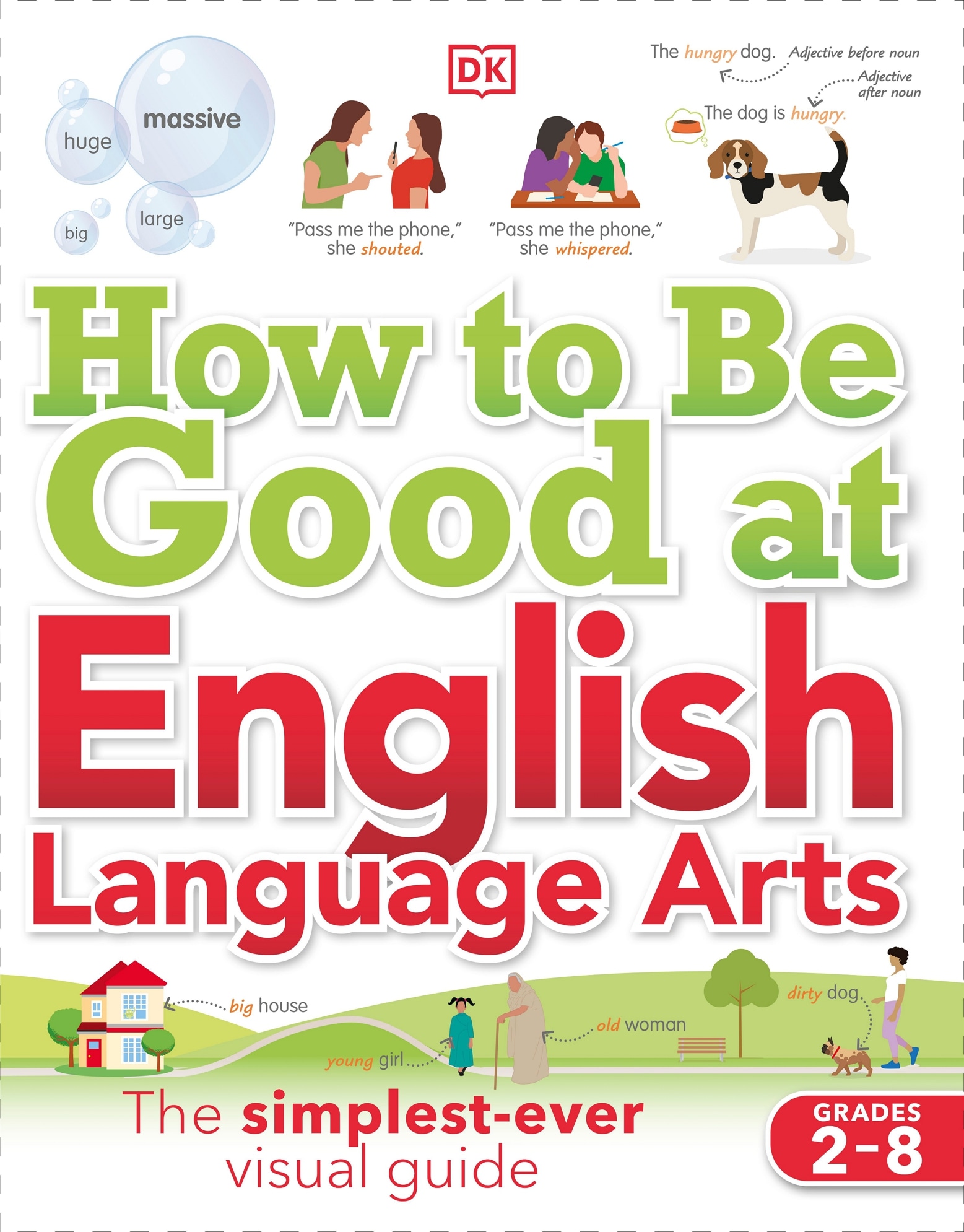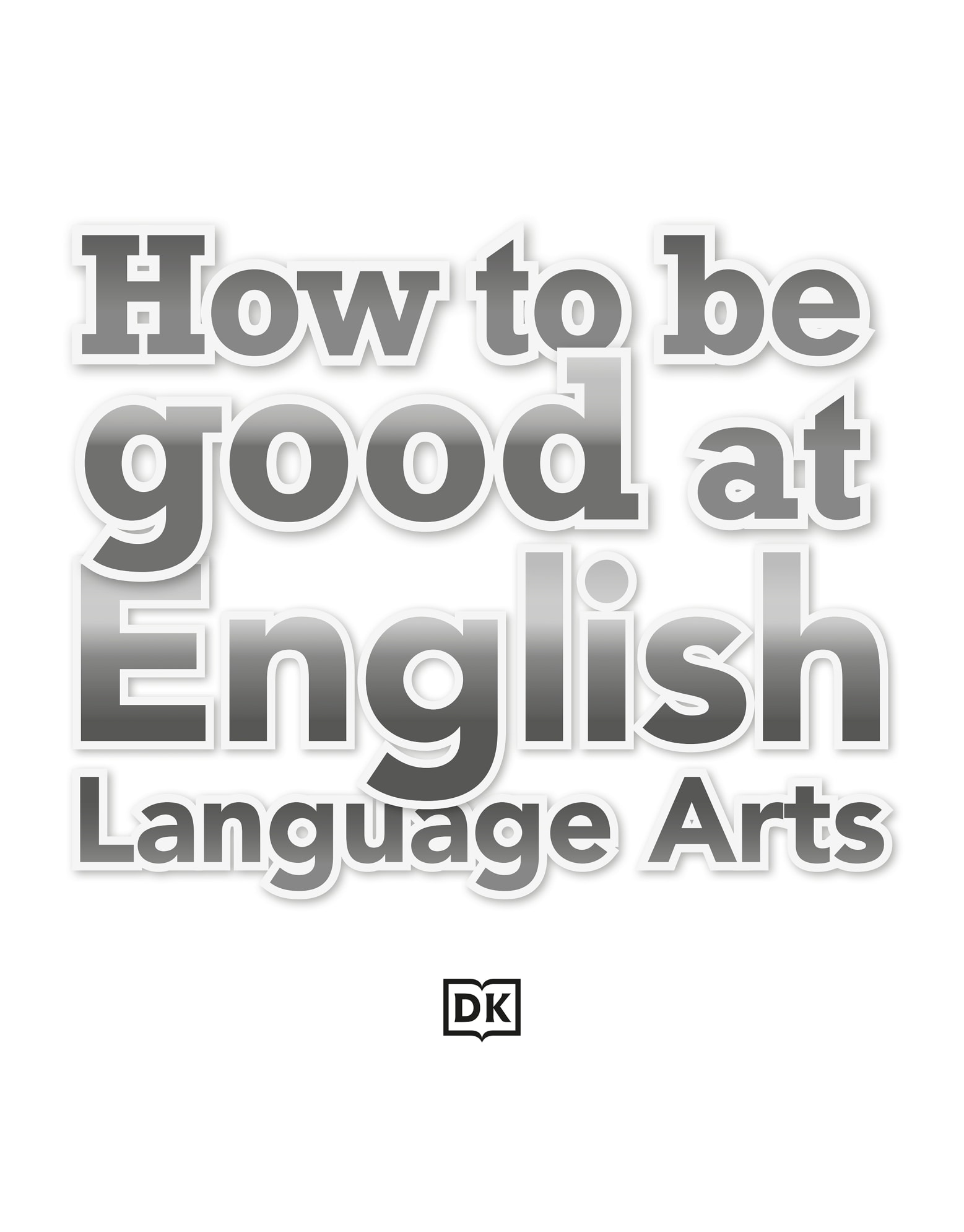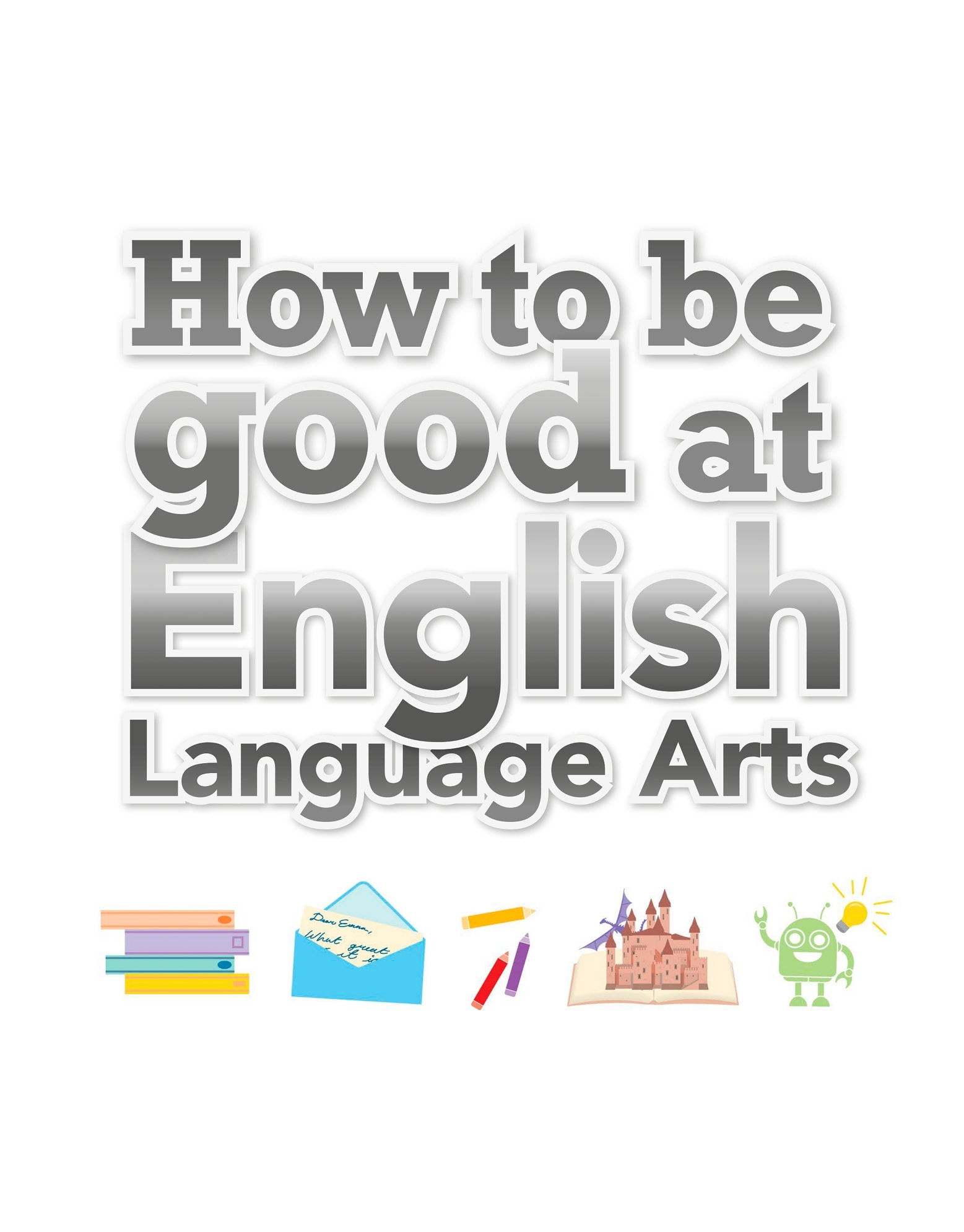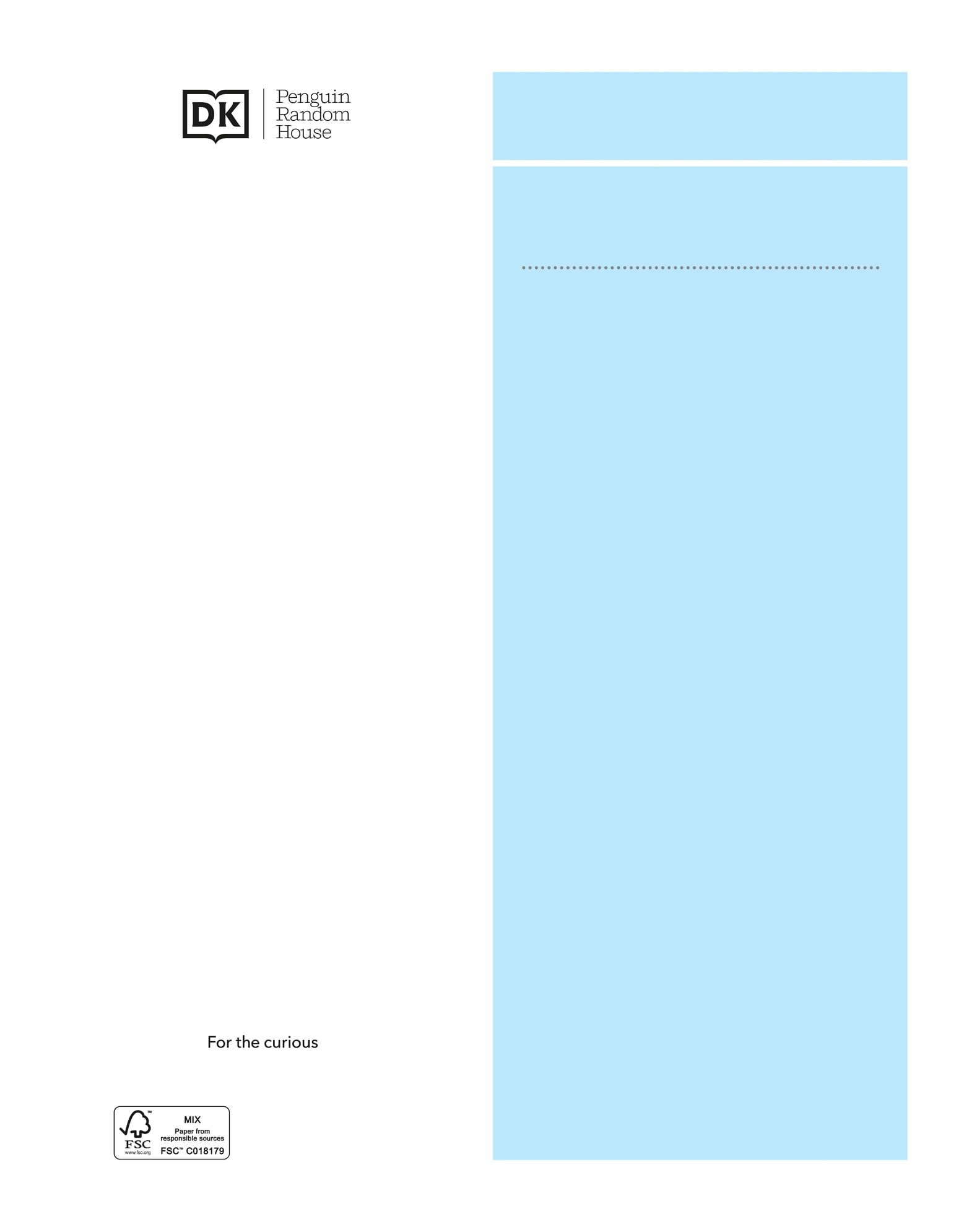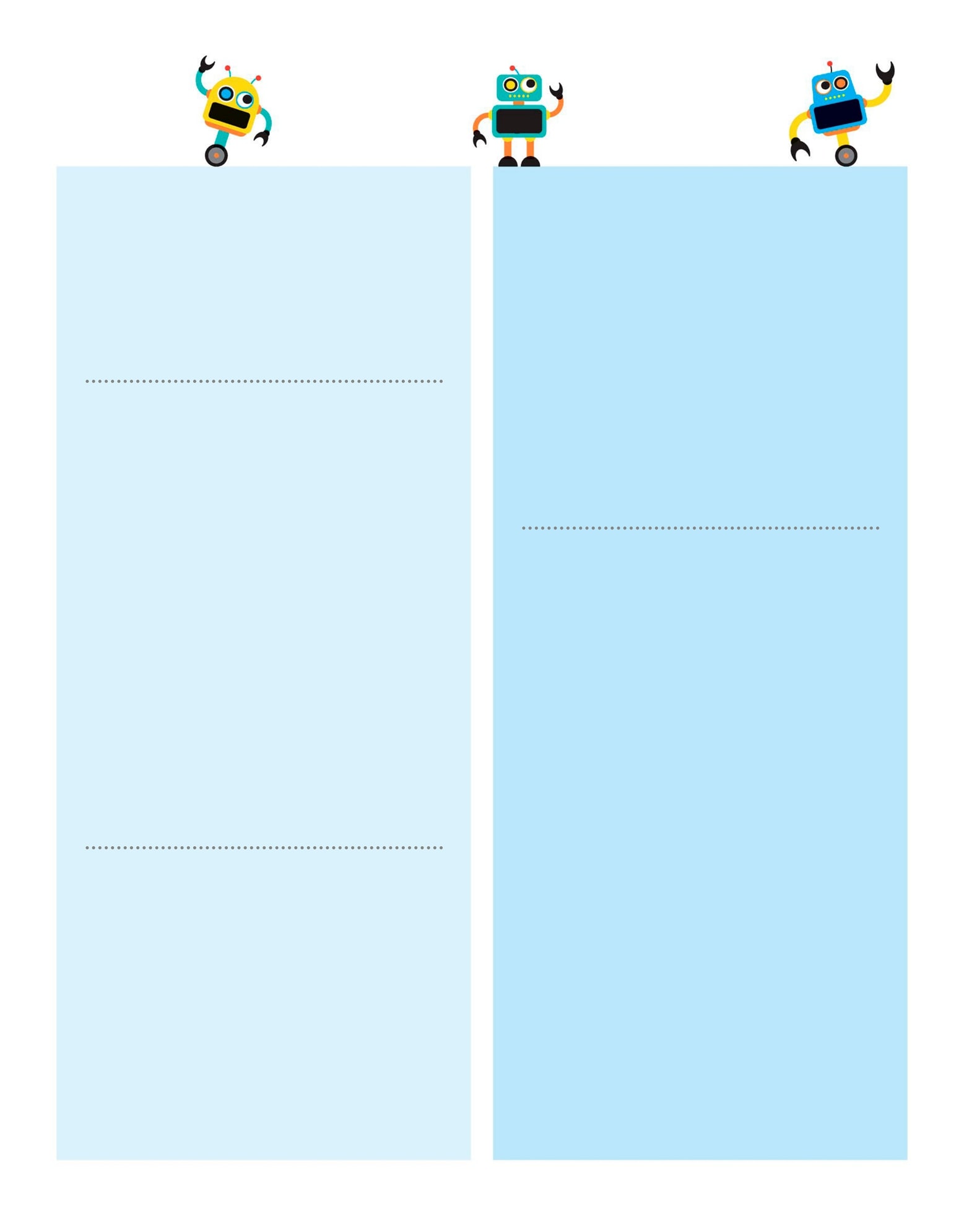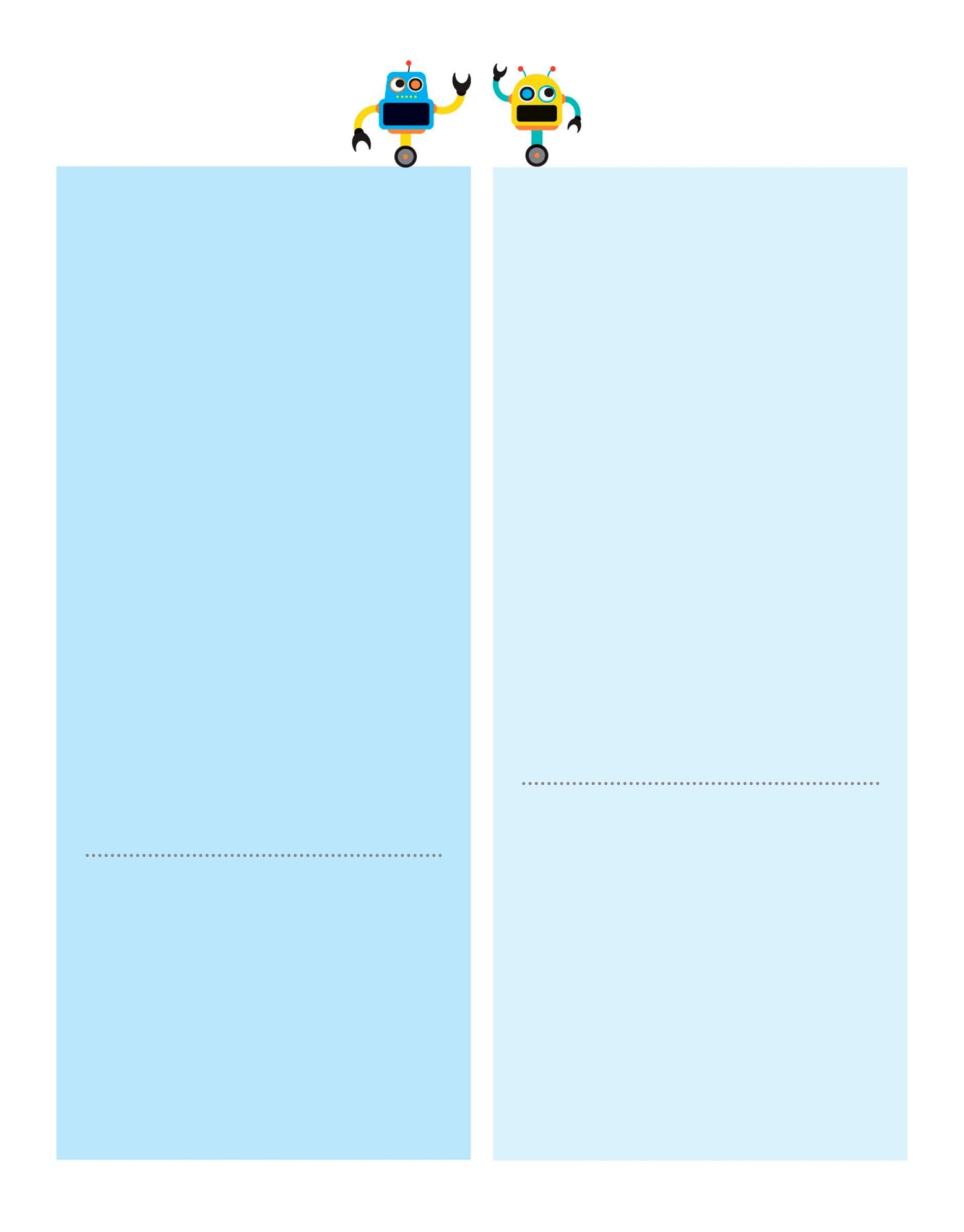DK - How to Be Good at English Language Arts: The Simplest-ever Visual Guide
Here you can read online DK - How to Be Good at English Language Arts: The Simplest-ever Visual Guide full text of the book (entire story) in english for free. Download pdf and epub, get meaning, cover and reviews about this ebook. year: 2022, publisher: DK Children, genre: Science / Children. Description of the work, (preface) as well as reviews are available. Best literature library LitArk.com created for fans of good reading and offers a wide selection of genres:
Romance novel
Science fiction
Adventure
Detective
Science
History
Home and family
Prose
Art
Politics
Computer
Non-fiction
Religion
Business
Children
Humor
Choose a favorite category and find really read worthwhile books. Enjoy immersion in the world of imagination, feel the emotions of the characters or learn something new for yourself, make an fascinating discovery.
How to Be Good at English Language Arts: The Simplest-ever Visual Guide: summary, description and annotation
We offer to read an annotation, description, summary or preface (depends on what the author of the book "How to Be Good at English Language Arts: The Simplest-ever Visual Guide" wrote himself). If you haven't found the necessary information about the book — write in the comments, we will try to find it.
Ideal for home learning, this simple and inspirational book has everything you need to grasp grammar and punctuation, and master essential reading and writing skills.
Need help telling your adjectives from your adverbs? Struggling to figure out what that poem is really about, or where to begin with your essay? Using short, straightforward explanations and clear graphics to shed light on the trickiest of topics, this is the perfect guide to understanding and using the English language.
Illustrated examples make daunting grammar accessible and fun, and help develop an understanding that can be applied to school studies. Annotated texts complement concise, practical guidance to support students in developing sound analytical and writing skills. The carefully selected reading recommendations will inspire reading for pleasure, while clear links between topics will ensure that students not only understand language techniques but know how to apply them effectively.
How to Be Good at Language Arts inspires students to uncover and enjoy the art and power of language, supporting them on their way to becoming confident and accomplished readers, writers, and speakers.
DK: author's other books
Who wrote How to Be Good at English Language Arts: The Simplest-ever Visual Guide? Find out the surname, the name of the author of the book and a list of all author's works by series.

